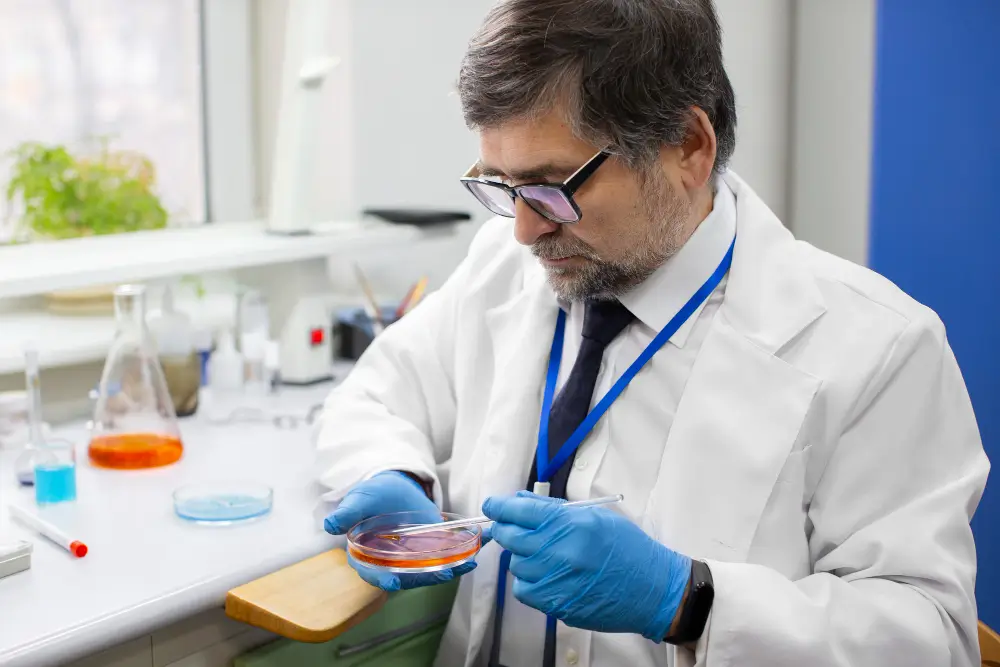Frozen Embryo Transfer (FET) is increasingly a well-liked and successful component of assisted reproductive technology (ART) in Canada. For individuals and couples seeking to become pregnant using in-vitro fertilization (IVF), FET is a worthwhile solution to enhance success rates with reduced emotional, physical, and monetary stresses. But first, it’s important to know the cost split and financial planning required to make informed choices.
This guide will take you through all you’ll need to know about FET in Canada — from insurance and cost considerations to budgeting tips — with expert advice from firms such as Indian Egg Donors, a top fertility provider for intended parents globally.
What is Frozen Embryo Transfer?
Frozen Embryo Transfer is the thawing and implantation of a frozen embryo that had been previously frozen into a woman’s uterus. This is typically the second procedure after the initial IVF cycle, where multiple embryos are produced and only one or two are transferred fresh. The others are banked frozen for future use.
FET is widely used for:
- Waiting for a more convenient time for pregnancy
- Utilization of embryos from prior IVF cycles
- Preimplantation genetic testing (PGT)
- Donor egg or sperm cycles, including frozen donor embryos
Cost Breakdown of Frozen Embryo Transfer in Canada
Though fertility services in Canada are generally less expensive than in much of the globe, FET costs differ by clinic, medication, and whether extra services are needed.
Considerations for International Patients
Most cross-border patients, particularly from the U.S., India, or Europe, prefer egg donation in Canada as a form of reproductive treatment owing to Canada’s high quality of care, ethical standards, and affordability. Through the services of cross-border facilitators such as Indian Egg Donors, patients are exposed to a range of pre-screened Canadian clinics, physicians, and legal consultants.
However, international patients should also factor in:
- Transport and accommodation fees
- Legal documents to move an embryo or a donor
- Preparation or translation of the documents costs
Is FET Covered by Insurance in Canada
The provinces have variations when it comes to covering fertility treatment, like FET. Partial coverage of one IVF cycle per patient (one fresh and one frozen donor embryo in Canada transfer) is covered under some of the provinces, such as Ontario, but limited coverage for drug, genetic testing, or further transfers.
For international and non-resident planned parents, FET is not usually covered by public health insurance. So, it’s best to engage with professionals who will walk you through expectations around finances, like Indian Egg Donors’ professionals, who have helped many patients with fertility planning in Canada.
Financial Planning Tips for FET in Canada
When undergoing a Frozen Embryo Transfer, intelligent financial planning can reduce stress and improve your experience. Keep the following advice in mind:
1. Request a Detailed Quote
Get an item-by-item estimate from the clinic that lists all fees—procedure, meds, consults, and storage—to prevent surprises.
2. Plan for Medication Separately
Because hormone protocols are different, you might be getting medications that are coming from different pharmacies. Comparison shopping or requesting generic equivalents can be money savers.
3. Understand the Timeline
FET can be 4–6 weeks, depending on your protocol and clinic. Make sure your finances are not closed to accommodate this timeline if you’re traveling.
4. Consider Multi-Cycle Packages
A few clinics provide FET packages that include several embryo transfers at a discounted price. It might be cost-effective for individuals expecting more than one transfer.
5. Work With a Coordinating Agency
The services of Indian Egg Donors minimize overheads by bundling administrative, medical, and legal services. The experience of specialists with cross-border fertility treatment saves clients time and money in most instances.
Why Choose Frozen Embryo Transfer?
FET has several benefits:

- It has a greater success rate, particularly when embryos are screened genetically.
- FET is less physically stressful since the eggs are not retrieved during FET cycles
- There is greater flexibility, and the uterus can be prepared better.
- Future cost benefits if embryos are already established
Agencies are also responsible for ensuring donors meet the are eligible to be an egg donor, and offer clarity on legal and egg donor compensation, a key ethical issue in Canadian fertility treatment.
With careful planning, countless families have successful pregnancies using FET — particularly under the guidance of practitioners who are aware of the subtleties of international fertility services.
Frequently Asked Questions:-
Q. What is a Frozen Embryo Transfer (FET)?
Ans : A Frozen Embryo Transfer (FET) entails thawing and inserting a previously frozen donor embryo into the uterus for pregnancy. The technique is widely applied in assisted reproduction when utilizing embryos from a previous IVF cycle or a frozen egg donor bank.
Q. How much does a frozen embryo transfer cost in Canada?
Ans : The total cost will typically range from $14,000 to $24,000 CAD, depending on medication, monitoring, and clinic fees. Fees may vary depending on whether you are using your own or frozen donor embryos in Canada, arranged through a fertility agency.
Q. Is medication included in the FET cost?
Ans : For Canadian patients looking for egg donation in Canada, drug needs could be different depending on the donor embryo source and recipient treatment protocol.
Q. Do international patients use FET services in Canada?
Ans : Yes, a few international patients hire agencies such as Indian Egg Donors to receive low-cost but high-quality FET services in Canada. The agencies also advise patients about issues of the law and the requirements to become an egg donor and provide ethical and regulatory compliance.
Q. Is FET covered by insurance in Canada?
Ans :There is partial coverage within a few provinces, but foreign patients usually must pay out of pocket. It is also worth considering including the possible egg donor compensation and storage expenses when calculating the total to be paid.
Final Thoughts
Frozen Embryo Transfer is no longer an afterthought second option — it’s a highly effective and thoughtful option for those who want parenthood by assisted reproductive means. In Canada, FET provides the highest medical quality and ethical protections at relatively modest expense.
By getting the complete cost breakdown and working with seasoned coordinators such as Indian Egg Donors, intended parents can navigate the financial and emotional process of creating their family confidently.

Dr. Kulsoom Baloch
Dr. Kulsoom Baloch is a dedicated donor coordinator at Indian Egg Donors, leveraging her extensive background in medicine and public health. She holds an MBBS from Ziauddin University, Pakistan, and an MPH from Hofstra University, New York. With three years of clinical experience at prominent hospitals in Karachi, Pakistan, Dr. Baloch has honed her skills in patient care and medical research.










